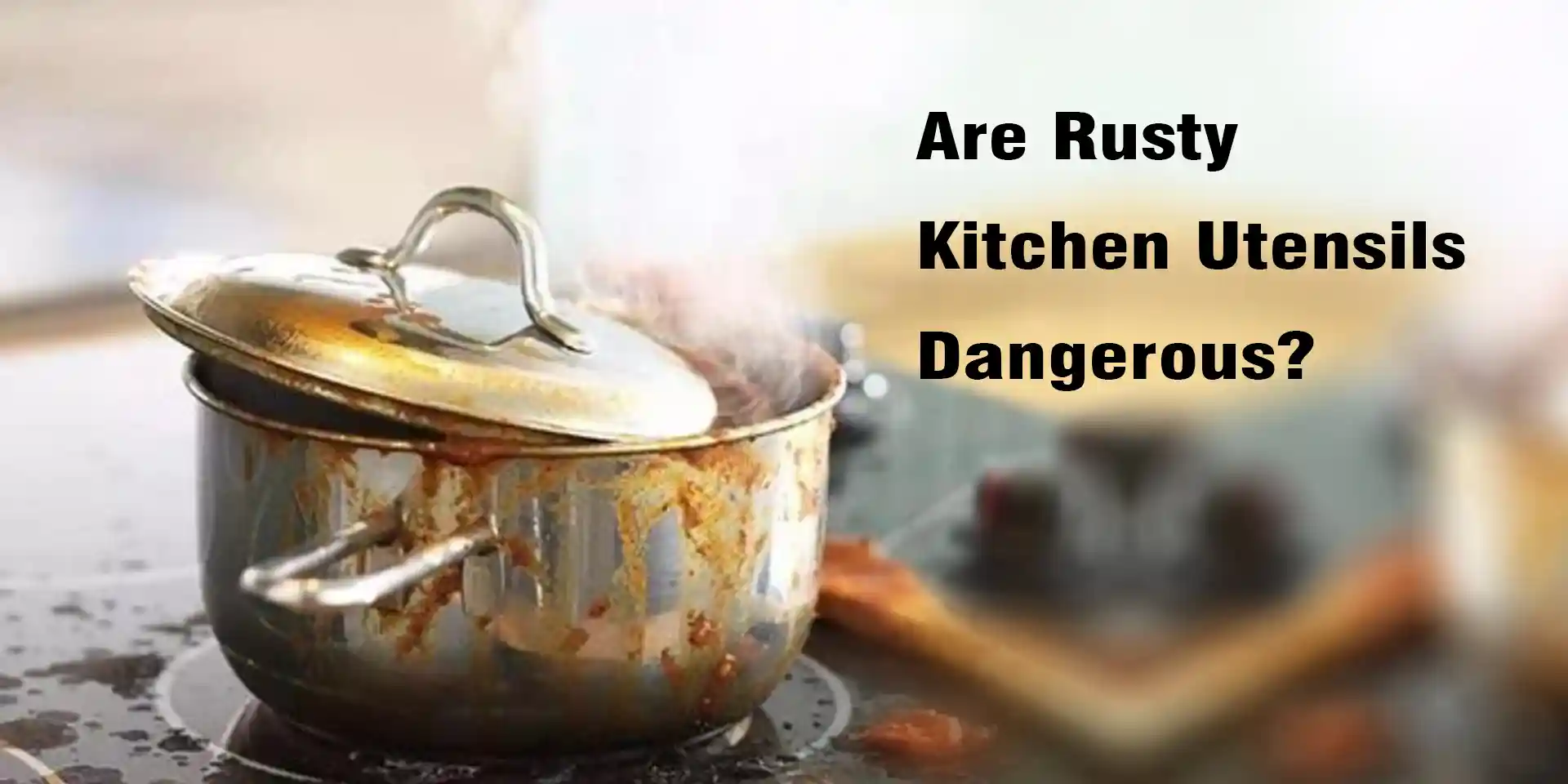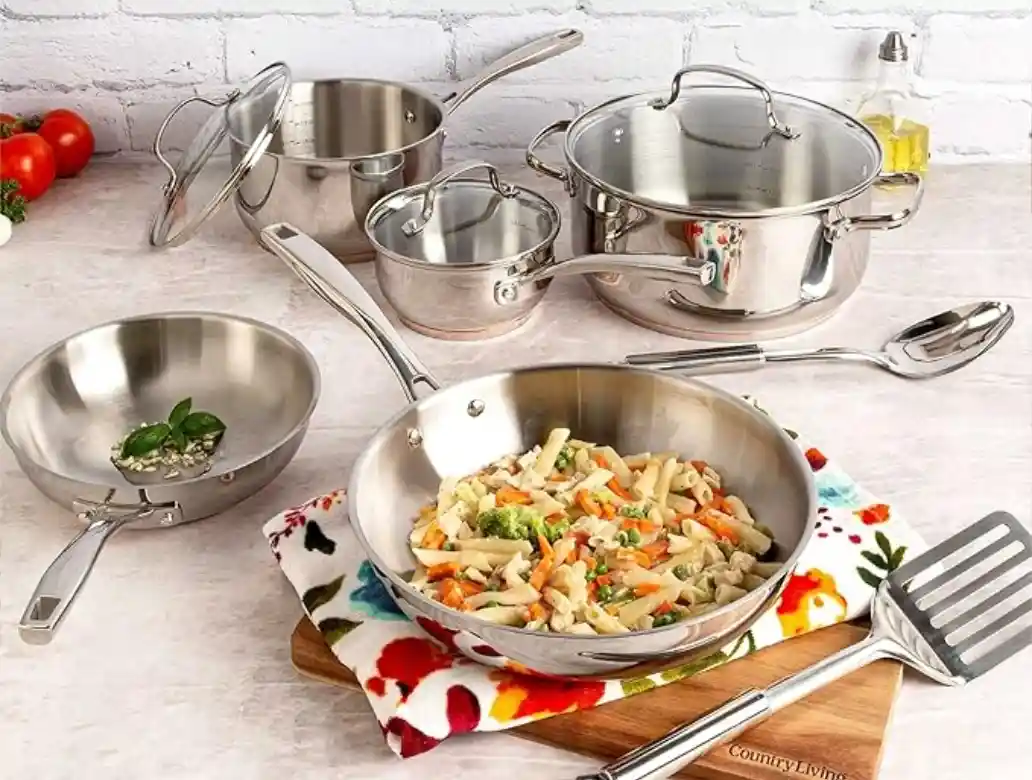How to Organize Kitchen Utensils?
Is your kitchen a chaotic mess, with utensils scattered everywhere?
Does finding a spatula feel like a scavenger hunt?
A well-organized kitchen not only boosts efficiency but also makes cooking a more enjoyable experience. One of the key aspects of kitchen organization is managing your utensils effectively. Whether you’re a seasoned chef or just starting, organizing your kitchen utensils can save time and reduce stress.
Here’s a step-by-step guide to organizing your kitchen utensils like a pro and transforming your kitchen into a streamlined haven where cooking becomes a pleasure.
Step 1: Empty Everything
Start by removing everything from your drawers, cabinets, and other storage areas. Lay all your kitchen utensils out on a large surface like a dining table or countertop. This will give you a clear view of what you have and make it easier to decide what to keep, donate, or discard.

Step 2: Declutter and Categorize
Group similar items together. For example, place all spatulas in one pile, whisks in another, etc. This step will help you understand how many of each type of kitchen utensil you have and whether you have duplicates or items that are rarely used.
Step 3: Purge Unnecessary Items
Be decisive during this phase. If you haven’t used a kitchen utensil in the past year, consider donating or discarding it. Keep only the essentials and items you use frequently.
Step 4: Group Your Kitchen Utensils by Function
Arrange your kitchen utensils based on their function and the tasks you’ll use them for. For example, gather all your baking tools and store them near the oven. Likewise, keep the kitchen utensils you frequently use while cooking close to the stove.
You can refer to the following method to sort:
Cooking Utensils: Spatulas, ladles, spoons, tongs.
Cutting Utensils: Knives, peelers, graters.
Baking Utensils: Whisks, mixing spoons, pastry brushes.
Specialty Utensils: Garlic press, zester, avocado slicer.

Step 5: Consider Frequency of Use
Store frequently used kitchen utensils in easily accessible places. Reserve prime drawer or countertop space for these items. Less frequently used utensils can be stored in lower drawers or less accessible cabinets.
Note: Before putting less frequently used utensils back, clean all of them, drawers, and storage areas. This ensures that you start with a fresh, sanitary environment.
Step 6: Find the Perfect Spot
Now, put your kitchen utensils in their designated storage areas. Whether it’s a drawer, a countertop canister, or another container, aim to keep the kitchen tools you use most often within easy reach.

Conclusion
Achieving a well-organized kitchen is within your reach with these practical steps. By systematically sorting, decluttering, and storing your kitchen utensils, you can create a streamlined and efficient cooking space. Not only will this save you time and reduce frustration, but it will also enhance your culinary experience. Embrace the process, and transform your kitchen into a functional and inviting haven where creativity can flourish.
If you’re looking for more tips on organizing your kitchen, you might find these articles helpful:
“How to Organize Kitchen Utensils in Drawers?” offers detailed strategies for drawer organization.
“How to Arrange Kitchen Utensils without Cabinets or Drawers?” provides ideas for storage solutions when you don’t have traditional drawer or cabinet space.







